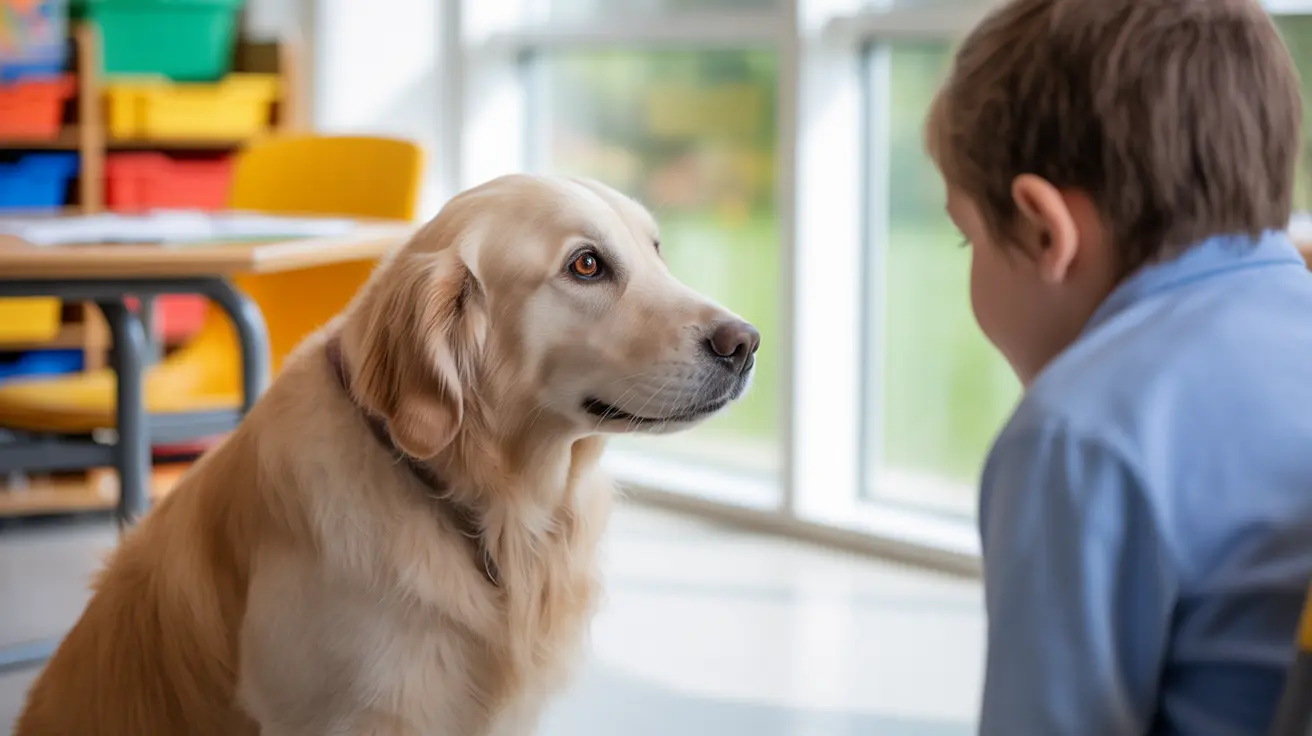Vegetables Dogs Should Avoid: A Guide for Pet Owners
While many vegetables are healthy and beneficial for dogs, there are some that can be harmful or even toxic. Knowing which vegetables dogs should not eat is critical for maintaining their health and avoiding preventable illnesses. This article outlines the most dangerous vegetables for dogs, explains why they are harmful, and provides tips on safely feeding vegetables to your canine companions.
Why Some Vegetables Are Unsafe for Dogs
Certain vegetables contain compounds that may be toxic to dogs or difficult for them to digest. These substances can lead to symptoms ranging from digestive upset to serious, even fatal, conditions if consumed in significant quantities.
Common Vegetables Dogs Should Avoid
- Onions – Contain thiosulfate, which can damage a dog’s red blood cells, potentially leading to hemolytic anemia. All forms (raw, cooked, powdered) are toxic.
- Garlic – Even more toxic than onions, garlic can cause similar blood cell damage, and symptoms may appear a few days after ingestion.
- Leeks and Chives – Members of the allium family like garlic and onions, these can also be harmful to dogs’ blood cells and should be avoided.
- Raw Potatoes – Contain solanine, a toxic compound that can cause vomiting, diarrhea, and nervous system issues. Cooking reduces solanine levels, but skin and green parts should still be avoided.
- Mushrooms (wild) – While some store-bought mushrooms may be safe in small amounts, wild mushrooms can be highly toxic and difficult to identify properly.
- Tomato Leaves and Stems – Parts of the tomato plant contain solanine and tomatine, compounds that are harmful to dogs. Ripe tomatoes may be safe in moderation, but leaves and stems should be avoided.
- Rhubarb Leaves – Contain oxalic acid, which can lead to kidney failure. Even small amounts can be dangerous.
- Wild Squash or Gourds – These may contain bitter compounds (cucurbitacins) that can cause stomach upset, vomiting, and even poisoning.
- Cabbage (in excess) – Though not toxic, large amounts can lead to gas and discomfort due to fermentation in the gut.
Symptoms of Vegetable Toxicity in Dogs
- Vomiting or diarrhea
- Lethargy or weakness
- Abdominal pain
- Excessive drooling
- Change in urine color (dark or reddish)
- Difficulty breathing or elevated heart rate
If your dog displays any of these symptoms after ingesting vegetables, contact your veterinarian immediately.
Safe Vegetable Alternatives
Instead of risky vegetables, consider feeding your dog safe, nutritious veggies like cooked carrots, green beans, cucumbers, broccoli (in moderation), bell peppers, and properly prepared squash varieties such as zucchini or butternut squash. Always serve these plain and cooked without seasoning or oils.
Tips for Feeding Vegetables Safely
- Cook Before Serving – Many vegetables are easier to digest when cooked. Steam, boil, or roast without seasoning.
- Avoid Additives – Don’t add salt, butter, garlic, or onions to vegetables served to dogs.
- Small Portions – Introduce new vegetables gradually and in small amounts to monitor for adverse reactions.
- Remove Harmful Parts – Always remove skins, seeds, stems, and leaves that may be toxic or pose choking hazards.
Consult Your Veterinarian
Each dog has unique dietary needs based on age, size, breed, and health status. Before making changes to your dog’s diet, especially if introducing new vegetables, consult your veterinarian. This is especially important if your pet has preexisting conditions, allergies, or is on a specialized diet.
In Summary
While vegetables can be a healthy supplement to your dog’s diet, not all are suitable. Avoid feeding your dog onions, garlic, leeks, chives, wild mushrooms, raw potatoes, and parts of unsafe plants like tomato vines and rhubarb leaves. Stick to dog-safe veggies served plain and cooked in moderation, and always seek expert advice when in doubt.





